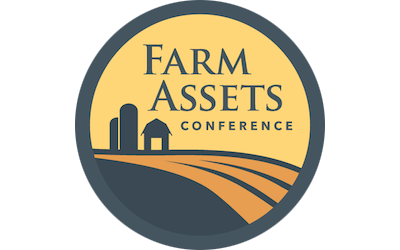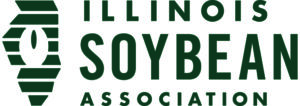EDUCATIONAL PARTNERS:
Connect on Social Media
Latest Article
.
Recent Series
Use of Funds Remains Relatively High on Illinois Farms
December 9, 2025
Projected ARC and PLC Payments for 2025
November 18, 2025
Area Add-Up Insurance Performance: Insights from Cotton STAX
December 17, 2025
Monetizing Crop Risk into Crop Payments
December 8, 2025

















